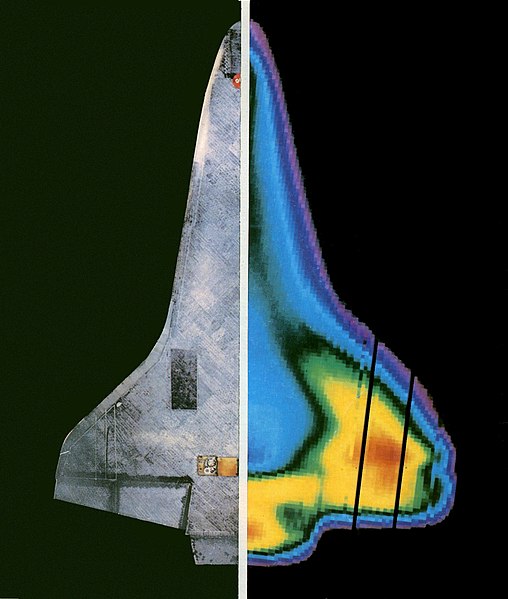Kalpana Chawla was an Indian-born American astronaut and aerospace engineer who was the first woman of Indian origin to fly to space. She first flew on Space Shuttle Columbia in 1997 as a mission specialist and primary robotic arm operator aboard STS-87.
Kalpana Chawla
The crew of STS-107 in October 2001. From left to right: Brown, Husband, Clark, Chawla, Anderson, McCool, Ramon
Kalpana Chawla Hall, University of Texas Arlington
Space Shuttle Columbia (OV-102) was a Space Shuttle orbiter manufactured by Rockwell International and operated by NASA. Named after the first American ship to circumnavigate the upper North American Pacific coast and the female personification of the United States, Columbia was the first of five Space Shuttle orbiters to fly in space, debuting the Space Shuttle launch vehicle on its maiden flight on April 12, 1981. As only the second full-scale orbiter to be manufactured after the Approach and Landing Test vehicle Enterprise, Columbia retained unique features indicative of its experimental design compared to later orbiters, such as test instrumentation and distinctive black chines. In addition to a heavier fuselage and the retention of an internal airlock throughout its lifetime, these made Columbia the heaviest of the five spacefaring orbiters; around 1,000 kilograms heavier than Challenger and 3,600 kilograms heavier than Endeavour. Columbia also carried ejection seats based on those from the SR-71 during its first six flights until 1983, and from 1986 onwards carried an imaging pod on its vertical stabilizer.

Columbia landing at Kennedy on March 18, 1994, at the conclusion of STS-62
Columbia in the Orbiter Processing Facility after delivery to Kennedy Space Center in 1979. About 8,000 of 30,000 tiles had not yet been installed.
Columbia astronauts Thomas K. Mattingly and pilot Henry Hartsfield salute President Ronald Reagan, standing beside his wife, Nancy, upon landing in 1982
The Space Shuttle thermal protection system in the underside of Columbia as seen in a visible (left side) and infrared (right side) image which was taken by the Kuiper Airborne Observatory on STS-3







